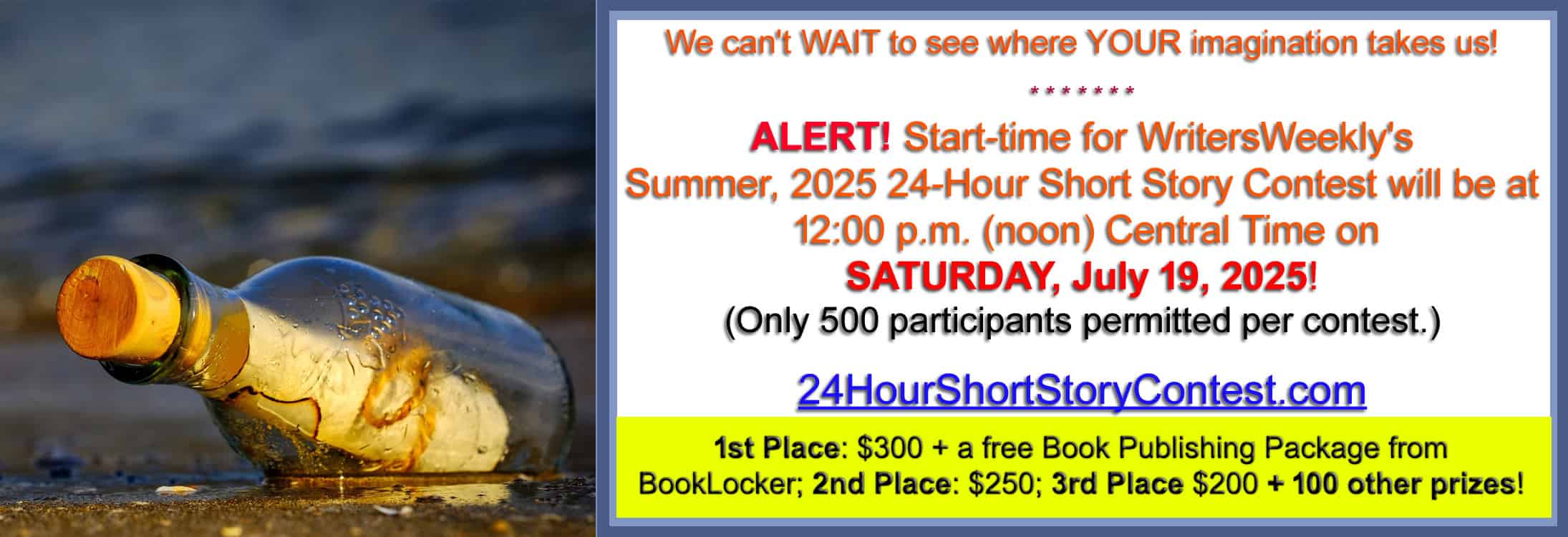
As professional newsrooms around the world continue to shrink while opportunities to publish online continue to expand, savvy freelance writers can fill the void left by short-staffed organizations by learning to master the art of basic news writing. One quick and easy news article format that’s always in demand is the general event article.
Often called preview or advance articles, these are published in advance of an event, activity, or meeting, and are written to communicate all the basic information a person would need to know if they wanted to attend or participate.
Not only are such articles the bread and butter of readily available news markets for writers – most areas, however small, are served by at least one local print or online newspaper – but the format is flexible enough that it can also be used for press releases needed by businesses and organizations of all sizes looking to increase awareness about upcoming events and initiatives.
All basic event articles include the following information, at a minimum:
- Event title: Specifying the “official” title of the event.
- When and where it’s happening: Often specifically written to relevant style guidelines.
- Who can attend and how much it costs: Most events are open to just about anyone, and many are free. In these cases, reporters often use the line, “The event is free and open to the public.”
- What the event is all about: Include as much detail as necessary to at least give readers a general idea of what the event/activity is about and why they might be interested in attending.
- A quote from a relevant source: Often preview/advance articles include at least one quote from a relevant source who has some authority on the topic. It personalizes the piece, adds a little flavor, and gives the piece more weight with readers. For a preview/advance article, the best source is usually an event organizer, or someone deeply involved in the event, simply because they probably know the most about it.
- For more information/conclusion: Preview/advance articles often end with directions about how individuals interested in attending or participating can get more information. This can be as simple as a link to a website, an email address, or a phone number.
Event Article Structure
Most general news articles follow what journalists call the “inverted pyramid format,” where the most important information is summarized at the top. Starting with a summary “lede,” and followed by a “nut graf” outlining the details, the beginning of the article should give readers a good understanding of the event from just the first few sentences.
Generally speaking, a basic event article structure looks something like this:
1. Lede: The lede, or lead, is a short sentence that gives the reader a quick introduction telling them what the article is about. The most important facts go here. When prioritizing the five Ws in an event article lede, usually the writer will focus here on the “what” and the “when.”
2. Nut graf: The nut graf, or nut graph, is a short paragraph or two immediately following the lede that fleshes out the details included in the lede and adds any of the major facts not included. It’s the story “in a nutshell.” This is where the more detailed information goes, including the time, location, cost, etc.
3. Supporting information: This is where the writer describes the event briefly, and identifies and quotes a source or two.
4. Conclusion: The conclusion directs readers on how/where they can find more information.
Once the format is mastered, writing event articles can be a quick and efficient way for writers to provide value to their clients with content that can be used to effectively communicate their events to audiences, whether via print, website or blog post, social media or direct communication via email or other mediums.
Simon A. Thalmann is the Director of Marketing at Kellogg Community College in Battle Creek, Michigan, where he also teaches journalism classes and advise the student newspaper, The Bruin News. A former freelance writer, reporter and news editor, Thalmann holds a Bachelor of Arts degree in English from Western Michigan University and a Master of Science degree in Integrated Marketing Communications from Eastern Michigan University. Thalmann’s work has appeared in major publications across the country and internationally. He’s the author of Kellogg Community College’s award-winning children’s book series “Blaze Goes to College,” which currently has two volumes (one of which is also available in Spanish), and his prose-poetry chapbook “Pretty Haunted Meadow” was published in 2020 by the Kalamazoo Friends of Poetry as a winner of their annual Celery City Chapbook Contest. He also serves on the Board of Directors for the Arts Council of Greater Kalamazoo in Kalamazoo, Michigan.
We are always seeking new and informative articles at WritersWeekly. We pay $60 for around 600 words. If you would like to submit an article, please see our guidelines first RIGHT HERE.
Get Paying Markets for Writers AND A FREE BOOK! |
|
|
It's FREE! (We won't sell your address, or spam you.) After clicking "SUBSCRIBE" above, check your email to confirm your subscription. Once you click on the link in your email, you'll be taken to a page on our site where you can instantly download your free book. Yes, it's that easy! NOTE: If you don't receive our email, please check your spam filters. Please whitelist emails coming from writersweekly@writersweekly.com. |


